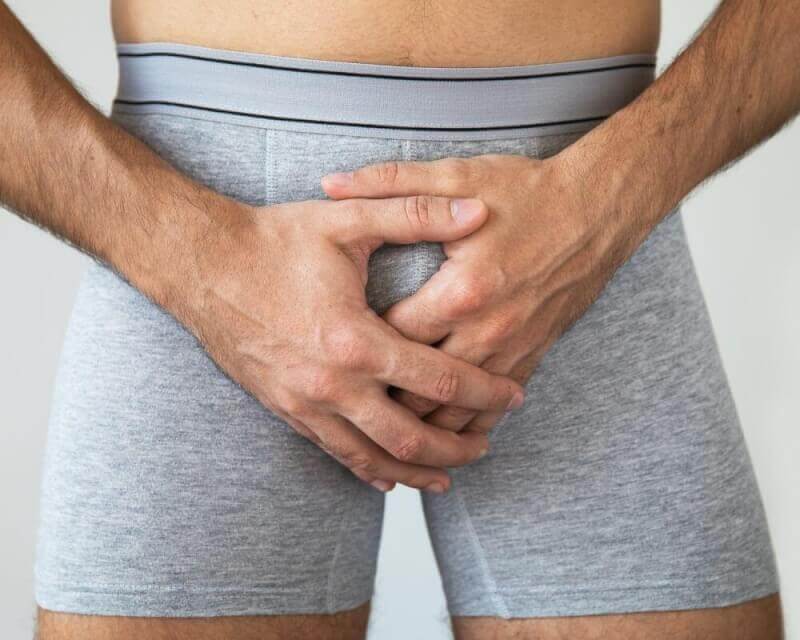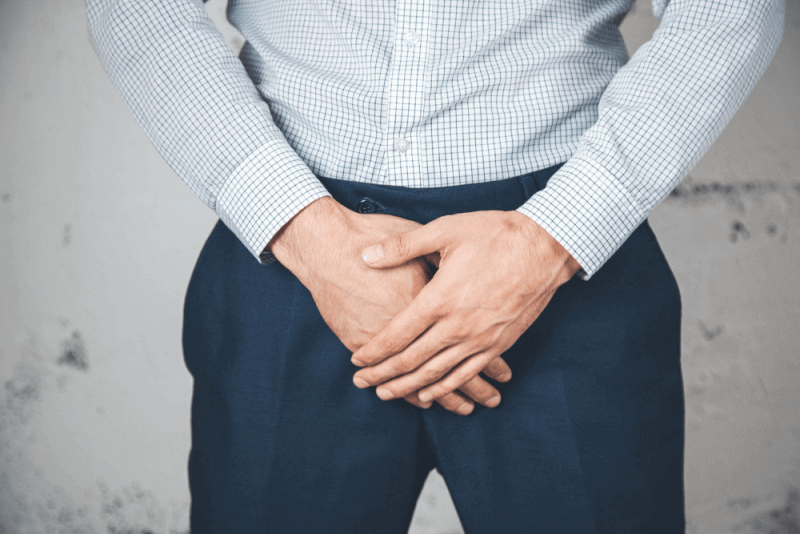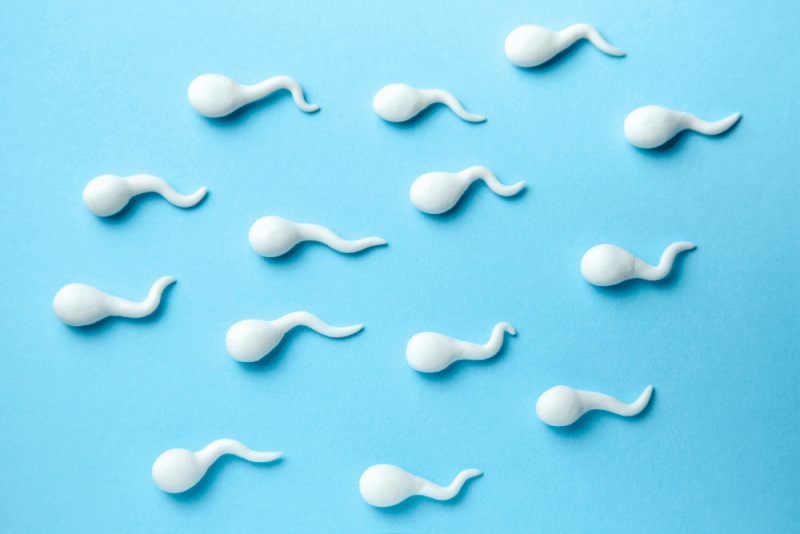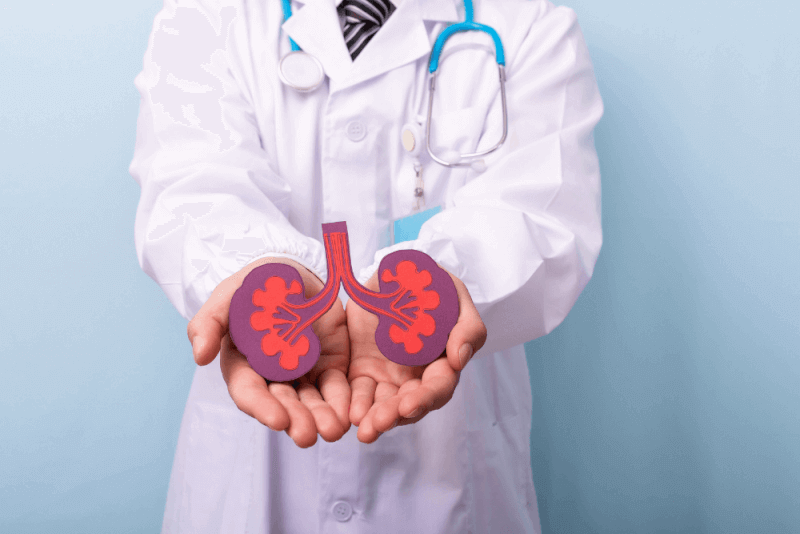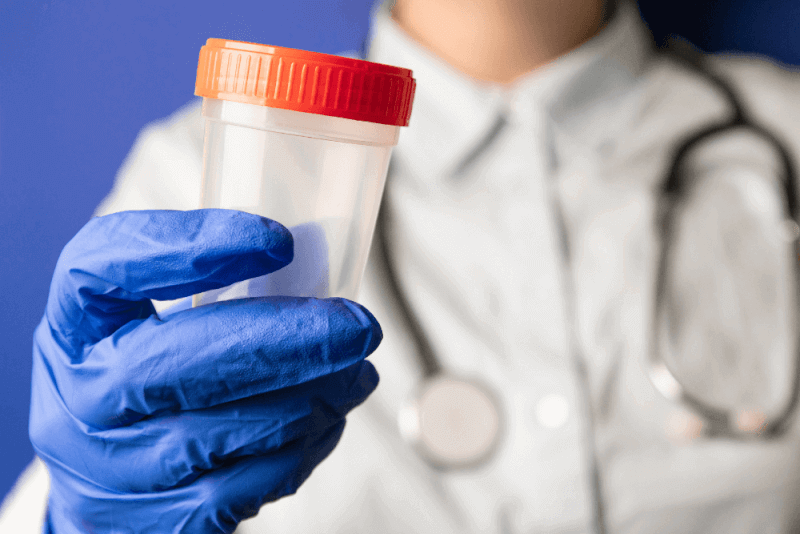30 Second Summary
- Penile prosthesis is a surgical treatment for men with erectile dysfunction.
- Penile prostheses are of three types: one-piece bendable, two-piece inflatable and three-piece inflatable.
- Three-piece inflatable prostheses provide the closest hardening and appearance to a natural erection.
- The postoperative recovery period takes a few weeks.
- Penile prosthesis is an effective treatment for men with erectile dysfunction.
What is a penile prosthesis?
Penile prostheses, one of the treatment options for erectile dysfunction, are medical devices placed in the penis. It is a preferred method for men with erectile dysfunction if other treatment options are not successful.
Penile prostheses, which are the definitive solution to erectile dysfunction, are surgically implanted into the penis. The implanted prosthesis provides erection and stroke at the times desired by the patients.
Types of penile prosthesis
Penile prostheses differ in the way they are used. Some varieties are more preferred because they can better mimic a natural erection.
One-piece bendable
Semi-rigid and cylindrical one-piece bendable prostheses are inserted into the penis in two pieces. The most important disadvantage of one-piece bendable dentures is that they are permanently rigid and can be felt from the outside. In addition, its advantage over other prosthesis options is that it is the type of prosthesis with the lowest risk of mechanical deterioration. It is also easier to use than other options.
One-piece penile prostheses are the most suitable option for patients with poor hand condition. Because the erection is permanent, patients can fold their penis towards their abdomen and hide it. However, the satisfaction rate is the lowest compared to other penile prosthesis options.
Two-part inflatable
Two-part inflatable prostheses consist of two parts. The first part of the prosthesis consists of 2 pieces placed on the right and left side of the penis. The second part of the prosthesis is the pump part, which is placed on the side of the testicle and inflates the prosthesis. There is also a reservoir section where the fluid to be pumped for hardening is stored in the parts placed in the penis.
Hardening is achieved by pressing the pump part placed on the side of the testicles. The hardening continues for as long as the prosthesis user wants. For the end of the erection, it is sufficient to press the tip of the penis. However, after the end of erection, the penis remains semi-rigid. This is the biggest disadvantage of two-part inflatable prostheses.
Three-piece inflatable (extending longitudinally)
Penile prostheses, which provide the closest hardening and appearance to natural erection, are not noticeable from the outside when there is no erection due to the absence of any external parts. It is divided into two as longitudinal and transverse em and longitudinal em.
The reservoir part of 3-piece penile prostheses consisting of reservoir, cylinder and pump parts contains approximately 60 cc of water. They are placed in the abdomen just in front of the bladder. The second part, the pump, is placed next to the ovaries and sends the water from the tank into the cylinders placed inside the penis. All three parts are connected to each other with fittings.
When people using penile prosthesis press the pump, the water in the reservoir is transferred to the cylinders in the penis and the desired hardening is achieved. Hardness can be maintained for as long as desired. To terminate the hardening, it is sufficient to press the top of the pump.
Penile prosthesis preference
When choosing a penile prosthesis, the advantages it provides should be taken into consideration. However, there are also other points that are important during preference. Among these points are the following.
- The choice of prosthesis should be decided by the patient and the surgeon together.
- A preliminary evaluation is required to determine the prosthesis suitable for the patient.
Who can penile prosthesis be applied to?
Penile prosthesis is generally the most suitable method for patients who have erectile dysfunction and cannot get results from other treatment options. It is also the most suitable treatment option for the following patients:
- Patients who have had their prostate removed for prostate cancer
- Patients with severe penile curvature
- Patients with advanced diabetes
- Patients with erectile dysfunction due to spinal cord injury
- People with severe cardiovascular disease
- Patients with erectile dysfunction due to pelvic region damage after trauma
- Patients undergoing radical abdominal surgery
Who cannot have penile prosthesis?
Some people are not suitable for penile prosthesis treatment despite having erectile dysfunction. These patients include the following:
- Patients with lung infections
- Patients with urinary tract infections
- Patients with uncontrolled diabetes
- Patients with no sexual desire or desire
Penile prosthesis surgery
Penile prosthesis surgery, which is performed through different incision sites, is usually performed by making an incision between the crotch and the area where the penis and scrotum meet. Since the incision made between the penis and the bag is not visible, it is more preferred for aesthetic reasons.
During the operation, all prosthetic parts were placed at the same time. A catheter is inserted into the bladder during surgery. Stiffening rods are inserted on both sides of the urethra. During the operation, the corpus cavernosum is measured with a special instrument and the 3-piece prosthesis suitable for this measurement is opened by the company officials during the operation.
The reservoir is then placed in front of the bladder in the abdomen. The selected reservoir is filled with fluid in amounts ranging from 60 to 100 cc depending on the size of the corpus cavernosum.
Finally, the pump is installed and interconnections are made. The prosthesis is checked for any leakage. If there is no problem, the incisions are closed and the procedure is terminated.
Recovery after penile prosthesis surgery
After penile prosthesis operations, the situations that patients may face during the recovery process are as follows:
- After penile prosthesis surgeries, patients may feel some pain but this can be controlled with painkillers. Mild pain may persist for several weeks
- Patients should use antibiotics for 7-10 days to prevent infection that may occur after surgery.
- Patients should go to the doctor after 2 weeks to have the stitches removed.
- Patients will be shown how to use the implants before having sexual intercourse. A period of familiarization is recommended to ensure higher satisfaction.
- Patients should wait 6 weeks to engage in physical activity and sexual intercourse.


